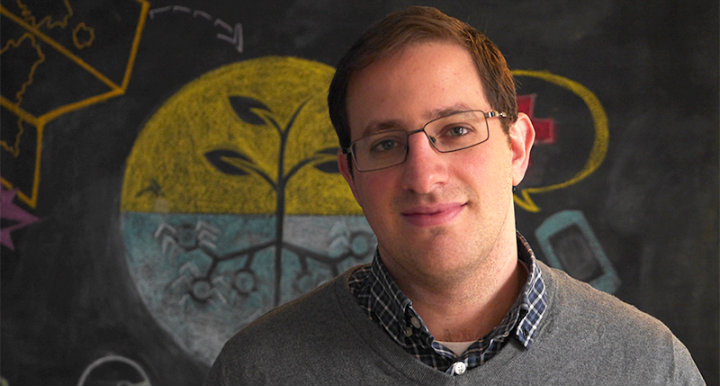The release of the South Sudan Ushahidi map has spurred an online dialogue on the possibilities and challenges of how we understand crowdsourcing, big data, and technology for conflict management and peacebuilding. A series of blog posts from Chris Neu of TechChange, Daniel Solomon, and myself highlighted these issues, which I wanted to combine with brief descriptions because I think they’re an interesting series for those grappling with how we make use of emerging data and technology tools in pursuit of peace and stability. It’s worth giving all four a read, since they represent a nice arc of thinking about big data for conflict prevention and peacebuilding.
- Can a Crisis Map End the Crisis in South Sudan? by Chris Neu. This was the first post about the South Sudan Ushahidi map that got the chain of posts started. Greg Maly had advocated getting a map up as the situation in South Sudan began deteriorating, so with the help of Rob Baker, a deployment was launched. After the map was live, comments came back in – a number were constructively critical and thought provoking. The key points were focused on the utility of the data that could realistically be provided.
- Two Tweets Reveal Central Problem for South Sudan Crisis Map by Chris Neu. Chris’ following post brought up the important issue of ethics when using data submitted by individuals in such a chaotic environment. “Is it ethical to restrict information to the public? Is it ethical to reveal information about the vulnerable?” Both questions are valid, but the one that gained some traction focused on the data we expect to get from conflict zones.
- The Murky Swamp of Mass Atrocity Data by Daniel Solomon. Up to this point this online discussion had focused on the map and software, so Daniel Solomon took the conversation and framed it in the context of conflict itself. He outlined a set of important issues about how conflict affects data, and thus how our efforts to crowdsource and use big data could actually lead to greater confusion instead of clarity.
- Finding Big Data’s Place in Conflict Analysis by Charles Martin-Shields. Daniel Solomon’s post inspired me to think through the methodological challenges of using Big Data for conflict analysis. The two posts got some good traction and discussion going, which is always exciting.
I wanted to pull all four posts together in one place since I found them to be useful individually, and interesting as a whole. They also provide an arc of event, critique, and potential solutions that are useful when practitioners are trying to decide how and when to use crowdsourcing or Big Data in their conflict analysis and resolution work.
—
Interested in this topic? Want to join the conversation and learn more? Enroll today in our Technology for Conflict Management and Peacebuilding online course to learn more about digital mapping, social media, mobile platforms, and other technologies for promoting peace.



